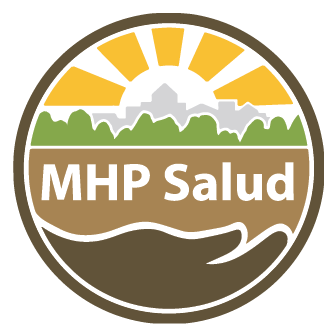U.S.-Mexico Border Region Communities
The 2,000 mile stretch of land along the Mexican border, from the southern tip of Texas to California is home to an estimated 1.3 million people who represent a distinct blend of Hispanic, Mexican and Anglo-American cultures. Many of MHP Salud’s Community Health Worker programs operate along this border between the U.S. and Mexico, specifically in the southern region of Texas known as the Lower Rio Grande Valley (RGV). This area comprised of 4 counties, Cameron, Hidalgo, Starr, and Willacy. 71-99% of the population here identifies as Hispanic.2
Although the area is part of the huge agricultural industry, producing over 40 different crops 3, and various cities within have had economic and population growth, residents here still face challenges when trying to gain access to community and government support services. Differences in culture and language, financial strain, and complex family situations prevent individuals from finding culturally appropriate health information and health care services to grocery stores that sell fresh foods.
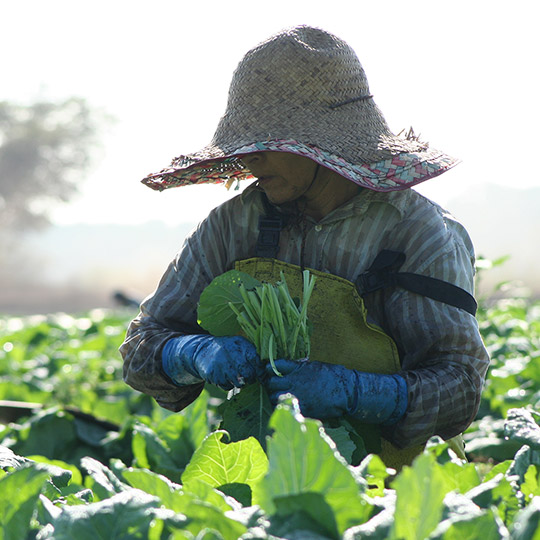
Although most residents in these communities work on farms or in fields collecting crops, residents still face challenges when trying to gain access to fresh fruits and vegetables.
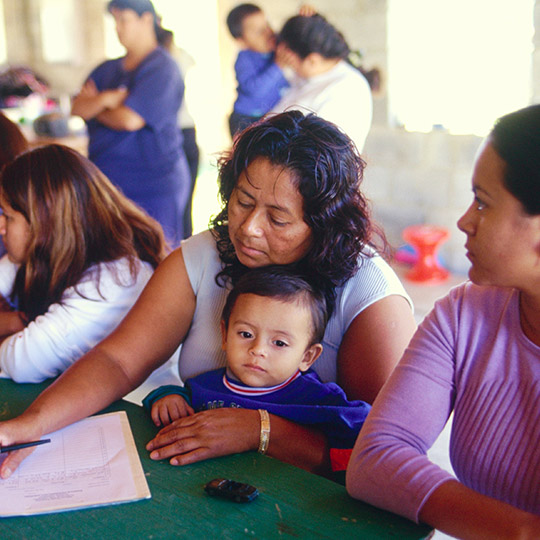
Conditions in the colonias pose significant challenges for residents trying to access health care services. Many of MHP Salud CHWs help be providing application assistance to these residents in Spanish so that they can fully understand their options.
For over 35 years, MHP Salud has implemented Community Health Worker programs in these areas because of their effectiveness at improving health outcomes for diverse populations around the world. The very nature of the CHW profession lends itself to the needs of the communities we serve. CHWs live in these communities, they speak the language, they understand how to navigate the health care system and can align health information with the cultural norms of the community. These qualities allow them to build strong relationships with individuals and gives them access to some of the most remote communities in the United States.
Inside the Colonias of the Rio Grande Valley
Colonia is a Spanish term used to describe a predominantly Hispanic community that is unincorporated and unregulated thus allowing lower-income families to build and own their own homes. Colonias are often associated with having a lack of public services, such as water, roads, electricity or other basics being that some of them are located outside of city limits. Homes within a colonia vary from small shelters made with salvaged materials, to trailers, and solid one or two-story homes. Colonias remain one of the only options for low-income residents unable to secure traditional mortgages or to pass credit checks and provide security deposits for rentals.

Many colonias lack proper infrastructures like paved roads and street signs. This makes it hard for outside individuals to navigate the area.
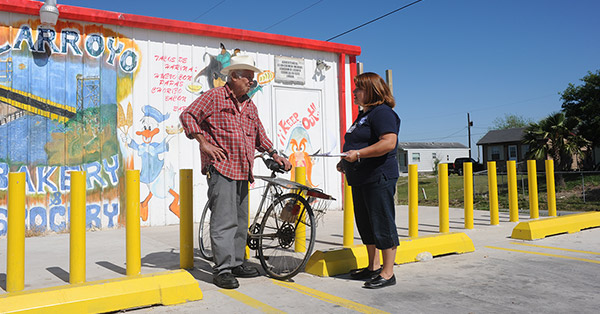
Community Health Workers are experts when it comes to outreach in these communities. They know how to bring information directly to where people live, work, learn, and worship.
The Rio Grande Valley alone is home to more than 2,000 colonias and it makes up the bulk of the Texas colonia population.4 The conditions here present the perfect opportunity to implement Community Health Workers Programs. CHWs will know what outreach methods work best in these areas and understand how to navigate the community to help them gain access to more services.
Nonetheless, there are factors still at play that still present challenges for this community to this day. For example, the Rio Grande Valley region has substantially higher poverty rates than Texas or the United States as a whole.(5)(6)Nearly 30% of Texas border residents have incomes below the poverty level, compared to 12 percent nationwide.7 Further, unemployment rates in the Valley regions range from 7% – 9% compared to 3.5% for the state.8 In addition, colonia residents report that year-round work is difficult to find; many primary occupations in the colonias are seasonal, such as construction jobs, factory work, and farm and fieldwork.
Field and Farm work is a huge part of life in the colonias. In fact, the Rio Grande Valley is the permanent home of one of the largest concentrations of farmworkers in the United States; roughly one-third of the Valley population depends on employment in agriculture.10 The dominance of this industry might suggest that its residents would have direct access to the crops they produce, however, this is not the case in the colonias. Residents here live in what has been described as a food desert.
An individual living in a food desert has to travel ten or more miles in a rural area or more than 1 mile in an urban area to access fresh fruits and vegetables.2 In addition, many are low-income and don’t have access to a car or adequate public transportation services. This makes it especially difficult for them to leave their neighborhoods for alternative food choices.
Health Issues
For individuals living within these border regions, there are many social factors that can have a direct and indirect impact on an individual’s health. Often referred to as the social determinants of health, issues like lack of available employment, low wages, cultural barriers, and access to health and food resources has resulted in numerous health challenges. In colonias, health problems occur at higher rates than in other areas of Texas or the United States. Other issues commonly seen in these particular communities are water treatment problems, pollution, crowding, difficulties receiving health care services and a shortage of health resources. As a result, this population suffers from higher rates of chronic disease and obesity, particularly amongst children.
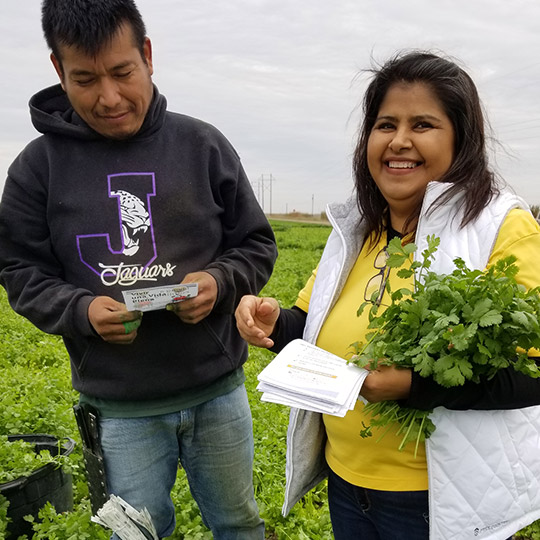
An MHP Salud CHW hands a flyer to a field worker for our program, Vivir una Vida Plena. The program focuses on addressing individuals diagnosed with or at high risk for chronic diabetic kidney disease.
In fact, diabetes is the single biggest health concern in the RGV. More than 50% of the Mexican American population in these southern Texas regions has diabetes or pre-diabetes.11 The prevalence of Type 2 diabetes is about 20% higher in the RGV than that of Texas as a whole.12 Moreover, Community Health Workers leading diabetes interventions with MHP Salud have documented that over 50% of program participants in the colonias are diabetic or pre-diabetic.
This is why many of our programs have a large nutritional and fitness component to them. For example, our program Vivir una Vida Plena targets diabetic and pre-diabetic individuals to educate them on steps they can take to maintain their health and avoid complications. And programs such as Juntos Podemos, teach parents and children how to adopt healthy habits with the resources available to them.
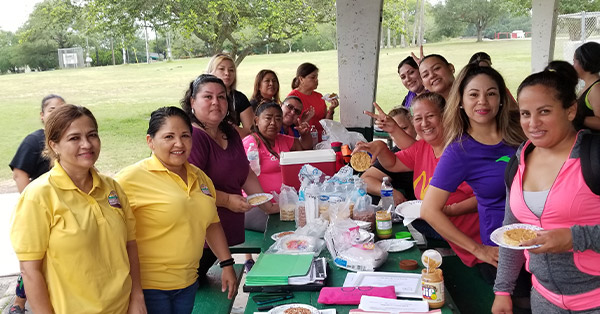
Community Health Workers pose with a group of participants who just taught the benefits of healthy snacking through our Healthy Living Initiative Program.
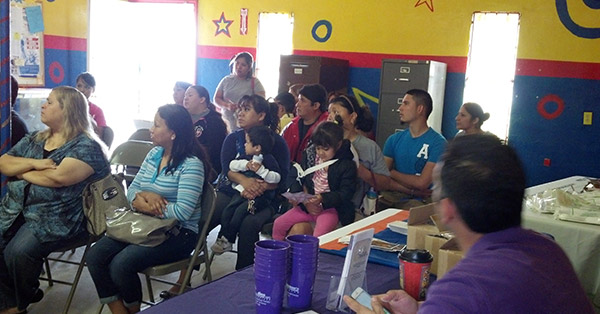
MHP Salud CHWs teach health education to a group of parents at a local community center.
Addressing mental health challenges is another issue that disproportionately impacts these communities. One major deterrent is the fact that only 1% of all U.S. psychologist practitioners identify themselves as Latino or Hispanic.13 The lack of identifiable support is most evident for victims of domestic violence, sexual assault, and intimate partner violence. For many Spanish-speaking survivors, social support from individuals they are comfortable with plays an important role in their recovery. Informal help-seeking from family and friends occurs more frequently with this population than formal help-seeking.12
Access to Care
In addition to needing culturally relevant health information, access to care is another major challenge for individuals living in rural parts of the country due to the lack of adequate health care services in the area and the high rates of uninsured individuals. The Rio Grande Valley is a prime example of an area where the fast-growing population stretches available health care resources. One county (Starr) is a federally designated Health Professional Shortage Area (HPSA), which means there are more residents than available health and mental health professionals can serve.14 Further, many of the counties in this region have been designated as Medically Underserved Areas (MUAs) by the Bureau of Primary Health Care.15 And even if more health services were available, many RGV residents would be unable to pay for them. Uninsured rates in the RGV are nearly twice as much as the entire state.16

“I never take my kids to the clinic there near my home. It’s hard because if you don’t have insurance, they don’t attend to your kids at the clinic. I take them to Mexico, because they attend to them better in Mexico than in Texas.”-Alejandra Gonzalez, Promotora
Long distances, transportation problems and inconvenient service hours exacerbate the service shortage for many residents. Other barriers include language differences, mistrust of the system, immigration status and an inability to forgo wages or risk job security in order to seek treatment. Those residents who receive health care services may also face classism or racism in the clinics and avoid return visits. And in the RGV, rates for preventative screenings fall short of comparable national averages.17
As a result, many residents seek health care services across the border in Mexico.18 The close proximity enables residents to receive health care and medications in Mexico at a lower cost, and with greater ease, than in the United States. In fact, studies have shown that 49% of residents living along the border reported having purchased medications, 41% have visited a dentist, and 37.3% have visited a doctor in Mexico.18
Community Strengths
Existing community strengths help mediate problems and nurture hope amongst border populations. Shared Mexican heritage, language, and faith also contribute to a strong sense of community and culture. Supportive families, compassionate communities and an unwavering commitment to building the brightest possible future are examples of strengths found in the RGV, especially in the colonias. In addition, the nature of the close living arrangements in these areas also ensures that family and friends are nearby to offer support and assistance.
Because Community Health Workers share in this experience, they are perfectly positioned to serve as leaders to help develop and bring change in these communities. CHW programs create new opportunities and their effectiveness is evidence of residents’ willingness to work hard to improve health outcomes for themselves and their families.
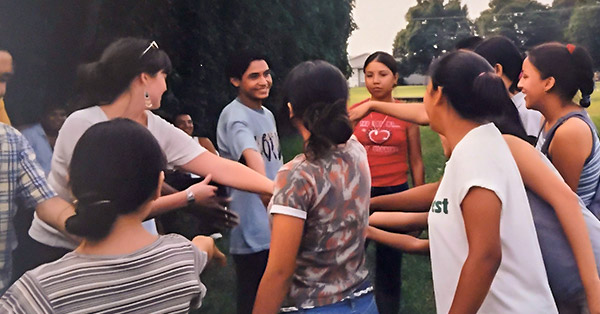
“The Valley is home to me. I was born here. My parents are here. To many of us, the Valley is home. Our culture – we’re very united. That’s what it is – you don’t want to leave your family. The support of the family is really important. The border’s right there and we just cross over and it’s a different country – and our relatives are there. I like life in the Valley. Looking to the future, I see myself spending the rest of my life there, on my porch, with my grand kids.”
-Genoveva Martinez, Training Specialist and former Promotora
Resources
- https://marfapublicradio.org/blog/along-the-border-the-population-is-high-risk-for-coronavirus-but-testing-is-in-short-supply/
- Demographic Characteristics, Trends, and Projections for Texas and the Rio Grande Valley https://demographics.texas.gov/Resources/Presentations/OSD/2019/2019_02_22_UTRGVLegislativeInterns.pdf
- https://www.cropscience.bayer.us/news/blog/2016/april/04122016-rio-grande-valley-is-an-agricultural-gem-with-diverse-year-round-production
- https://texaslawhelp.org/article/colonias-texas
- https://www.texastribune.org/2018/09/13/texas-poverty-census-2017-lowest-levels-decade/
- https://censusreporter.org/profiles/16000US4845384-mcallen-tx/
- http://www.ruralhome.org/storage/documents/coloniasoverview.pdf
- https://www.twc.texas.gov/news/texas-unemployment-rate-35-percent
- >https://people.uwec.edu/ivogeler/w188/border/coloniasTX.htm
- National Center for Biotechnology Information https://www.ncbi.nlm.nih.gov/pmc/articles/PMC5555594/
- Undiagnosed Diabetes and Pre-Diabetes in Health Disparities https://www.ncbi.nlm.nih.gov/pmc/articles/PMC4505949/
- Cuevas, C.A., K.A. Bell, and C. Sabina, Victimization, psychological distress, and help-seeking: Disentangling the relationship for Latina victims. Psychology of Violence, 2014. 4(2): p. 196-209. https://psycnet.apa.org/record/2014-12472-003
- https://www.apa.org/monitor/jan05/closingthegap
- Texas Department of State health Services. (2009). Medically underserved areas/medically underserved populations (MUA/MUP) database.
- Texas Department of State Health Services (TDSHS). (2008). Health professional shortage areas in Texas.
- Health Care Access in the Rio Grande Valley: The Specialty Care Challenge http://www.lrgvdc.org/downloads/packets/5C1-01-30-2019.pdf
- Factors Influencing Health Care Utilization in Older Hispanics with Diabetes along the Texas-Mexico Border https://www.ncbi.nlm.nih.gov/pmc/articles/PMC3429293/
- Dejun Su, Richardson, Wen, Pagán. Cross‐Border Utilization of Health Care: Evidence from a Population‐Based Study in South Texas https://onlinelibrary.wiley.com/doi/abs/10.1111/j.1475-6773.2010.01220.x
